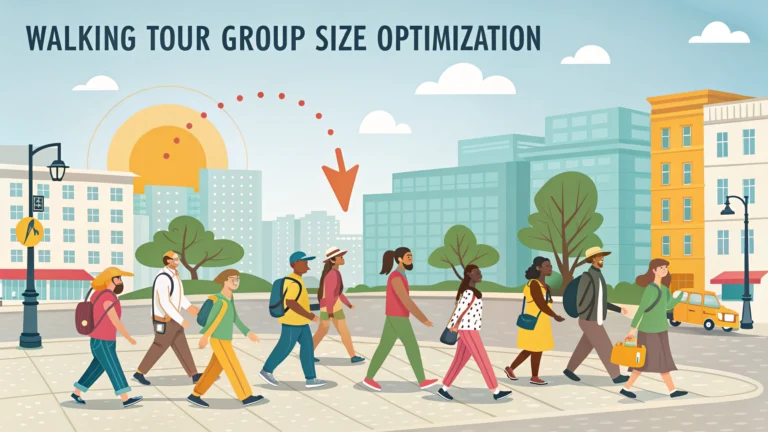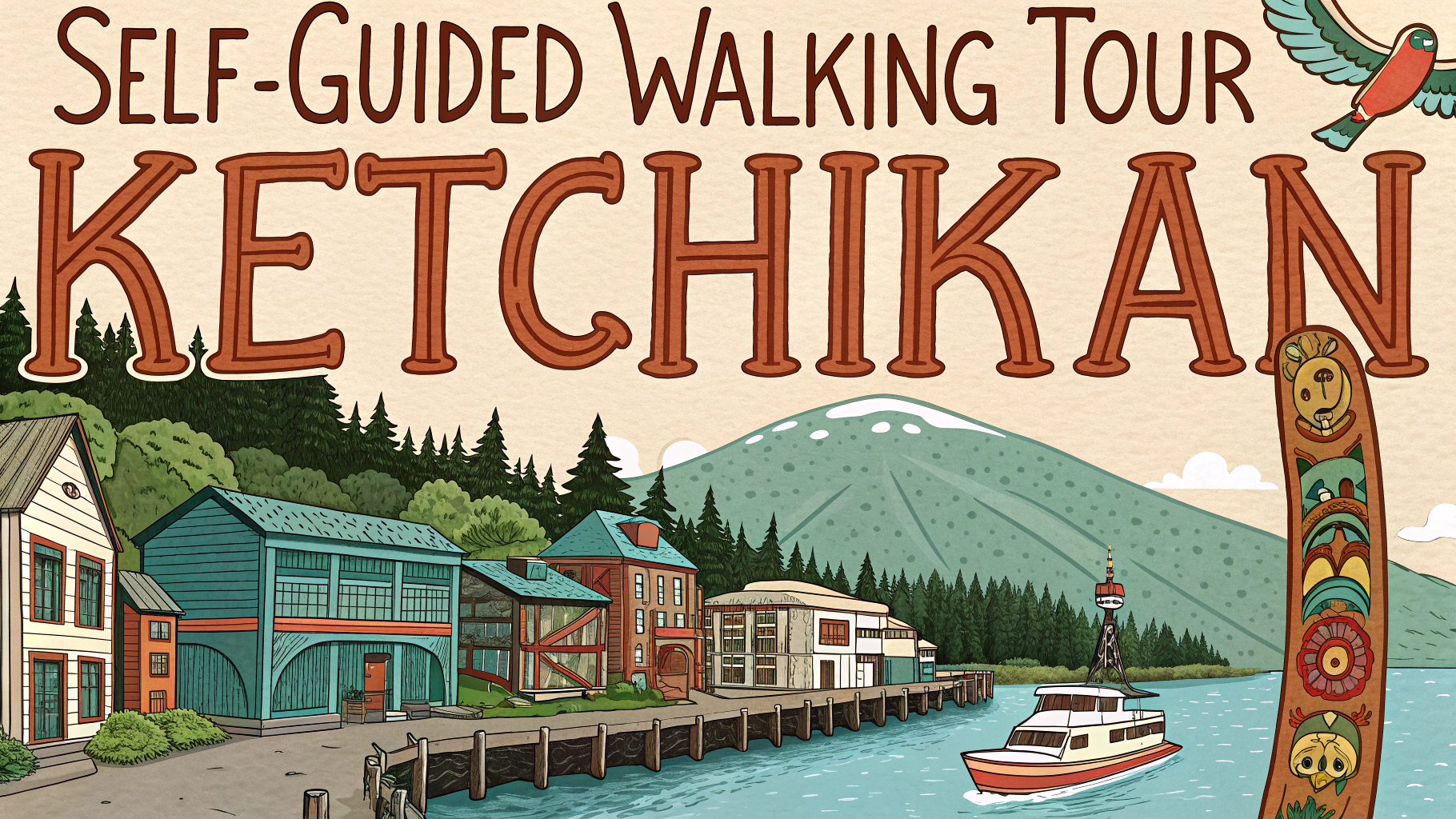Finding the optimal group size for walking tours can significantly impact the overall experience and logistics of your guided adventure.
Recommended Group Sizes for Different Tour Types:
- Urban History Tours: 8-12 people
- Nature Walks: 6-10 people
- Photography Tours: 4-8 people
- Food Tours: 6-10 people
- Architecture Tours: 8-15 people
Smaller groups (under 12 participants) allow for better interaction with the guide and more personalized attention.
| Group Size | Advantages | Disadvantages |
|---|---|---|
| Small (4-8) | Personal attention, flexible routing, intimate experience | Higher cost per person |
| Medium (8-15) | Balance of cost and experience, manageable logistics | Some waiting time at attractions |
| Large (15+) | Lower cost per person | Reduced mobility, limited access to certain areas |
Tips for Managing Group Size:
- Use audio systems for groups larger than 10 people
- Schedule rest stops every 30-45 minutes
- Book attractions in advance for groups over 8 people
- Consider splitting large groups and staggering start times
- Assign a sweep person for groups larger than 12
Self-Guided Tour Considerations:
- Keep groups to 4-6 people for easier navigation
- Use mobile apps like GPSMyCity for route guidance
- Share digital maps with all group members
- Set clear meeting points and times
Safety Recommendations:
- Keep emergency contact information for all participants
- Maintain a buddy system for larger groups
- Carry basic first aid supplies
- Share route plans with a non-participating contact
Local regulations may limit group sizes in certain areas, so check with tourism offices before planning.
Professional tour operators like The Ramblers recommend keeping groups under 20 people for optimal management.
Weather conditions might necessitate smaller group sizes during challenging seasons.
Cost Considerations Per Group Size:
- 4-8 people: $25-40 per person
- 8-15 people: $20-30 per person
- 15+ people: $15-25 per person
Book guides through established platforms like Tours By Locals for reliable service and clear pricing.
Additional Tour Group Considerations
Seasonal Adjustments
- Reduce group sizes by 20% during peak summer months
- Allow extra spacing in winter for bulky clothing
- Consider indoor alternatives for groups larger than 12 during inclement weather
- Schedule early morning starts for large groups in tourist areas
Special Needs Accommodations
- Maximum 8 participants for mobility-assisted tours
- Provide written materials for hearing-impaired guests
- Reserve front positions for visually impaired participants
- Plan alternate routes for wheelchair accessibility
Equipment Requirements by Group Size
| Group Size | Required Equipment |
|---|---|
| 4-8 people | Basic first aid kit, route maps |
| 8-15 people | Audio system, expanded first aid, high-visibility vests |
| 15+ people | Multiple audio systems, emergency protocols, team leads |
Conclusion
Optimal group size varies by tour type, location, and season. Small to medium groups (8-12 people) typically offer the best balance between cost-effectiveness and quality experience. Consider local regulations, safety requirements, and specific tour objectives when determining final group numbers. Regular assessment of group dynamics and adjustment of sizes based on feedback ensures continued tour success.
Key Takeaways:
- Match group size to tour type and location
- Consider seasonal and environmental factors
- Balance cost efficiency with experience quality
- Maintain flexibility in group management approaches
- Prioritize safety and accessibility requirements
FAQs
- What is the ideal group size for a walking tour?
For guided walking tours, the optimal group size is typically 8-12 people. This allows for good interaction between guide and participants while maintaining manageability and ensuring everyone can hear the guide. - How many people should be in a self-guided walking group?
Self-guided walking groups work best with 2-6 people. This size allows for easy navigation through crowded areas, quick decision-making, and maintains group cohesion without requiring formal organization. - Why are smaller walking tour groups better than larger ones?
Smaller groups offer better mobility, easier communication, more personalized attention, reduced wait times, and less impact on local communities and attractions they visit. - What factors should I consider when determining walking tour group size?
Consider sidewalk width, local crowd levels, audio clarity for participants, safety regulations, venue capacity limits, and the ability to keep the group together in urban environments. - How does group size affect walking speed and tour duration?
Larger groups typically move 30-40% slower than smaller groups due to traffic light timing, sidewalk congestion, and coordination needs. Smaller groups can maintain a more consistent pace. - What’s the maximum number of people recommended for urban walking tours?
In urban environments, maximum recommended group size is 15-20 people. Beyond this, groups often need to split up at crossings and can disrupt other pedestrians. - How do you manage navigation in different sized walking groups?
For groups of 2-4, smartphone navigation works well. Larger groups should designate a navigator and sweep person to ensure no one gets lost, particularly at intersections. - What safety considerations apply to different walking group sizes?
Groups should be small enough to quickly cross streets together, maintain sidewalk etiquette, and ensure all members are visible to the leader. Emergency protocols become more complex with groups larger than 12. - How does group size impact the tour experience at attractions?
Smaller groups (under 10) can easily enter shops, museums, and restaurants together. Larger groups often need to split up, which can disrupt the tour flow and timing. - What’s the minimum safe size for a walking tour group?
For safety, particularly in urban areas, the minimum recommended size is 2 people. Solo walking tours, while possible, aren’t recommended in unfamiliar locations for security reasons.








